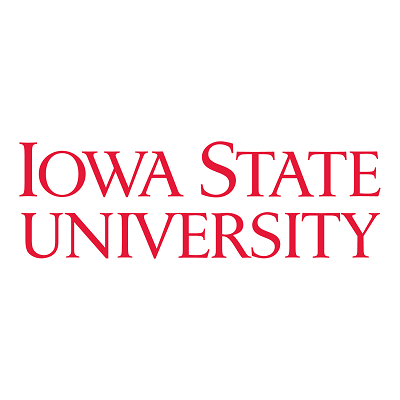

A team of researchers from Iowa State University’s College of Veterinary Medicine Field Epidemiology is currently engaged in an epidemiological study to monitor and assess the practices implemented in swine breeding herds following outbreaks of Porcine Reproductive and Respiratory Syndrome (PRRS).
As of now, the Porcine Outbreak Management Project (POMP) has successfully enrolled over 80 herds. Enrollment remains open for additional herds to ensure a comprehensive understanding of the diverse practices adopted in response to PRRS outbreaks and their correlation with recovery parameters.
PRRS is a viral disease characterized by reproductive impairment or failure in breeding animals and respiratory disease in pigs of all ages. The virus, belonging to the Arterivirus genus, persists in long-term carrier pigs for over 200 days. While most infected pigs eventually develop immunity and cease virus shedding within 60 days post-infection, carriers play a crucial role in introducing the virus to herds or pig populations.
The highly infectious PRRS virus is present in various bodily fluids, including nasal secretions, urine, semen, mammary secretions, and feces. Artificial insemination has become a significant source of viral introduction. While direct contact is a common mode of transmission, limited experimental evidence suggests sporadic aerosol spread between farms.
PRRS stands out as the most economically impactful disease in U.S. swine production since the eradication of classical swine fever (CSF). Initially reported in a few countries in the late 1980s, PRRS is now a global concern, prevalent in most major swine-raising nations, including the United States, where it exists in both epidemic and endemic forms.
The ongoing project will generate quarterly summary reports featuring aggregated data, with a commitment to safeguarding the confidentiality of raw data from enrolled herds. This research aims to contribute valuable insights into swine biosecurity practices and aid in the effective management of PRRS outbreaks in the swine industry.



